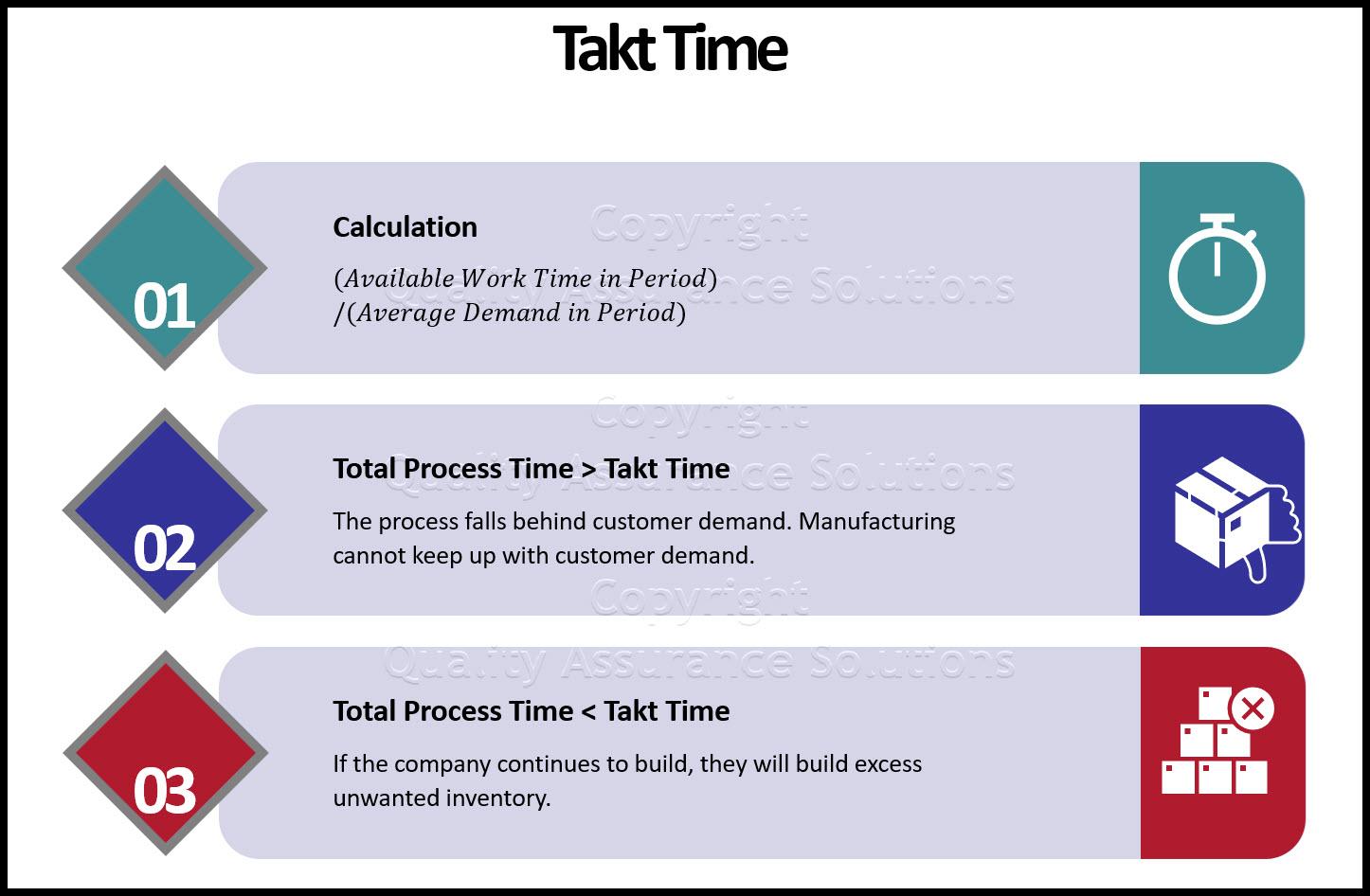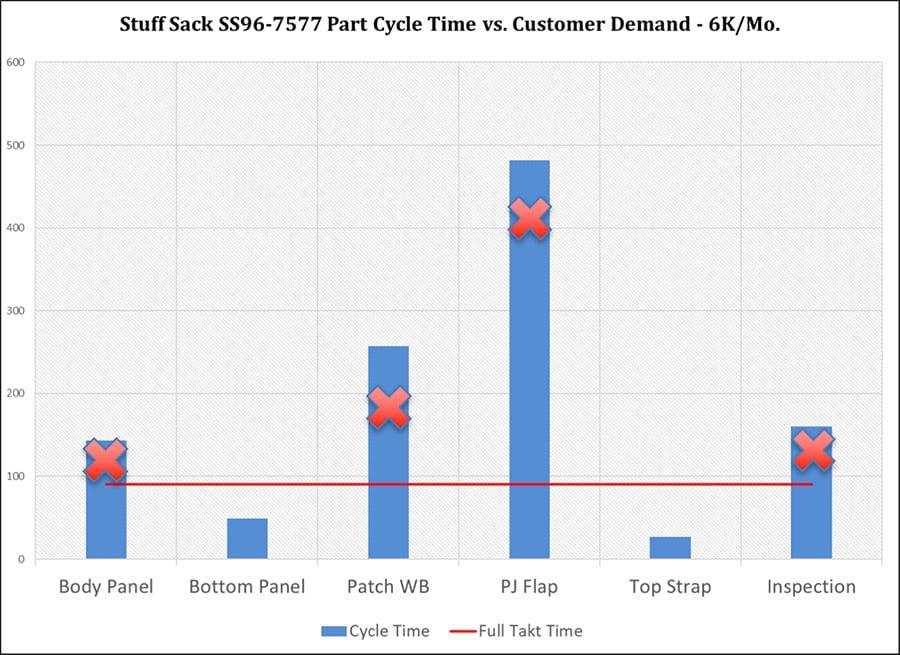In the fast-paced world of logistics, efficiency is key. From ensuring products are delivered on time to optimizing transportation routes, every second counts. One crucial concept that plays a vital role in streamlining operations is takt time. In this article, we will delve into the world of takt time logistics, exploring how this innovative technique is revolutionizing the way we approach transport and shipping. Join us as we uncover the intricacies of takt time and its impact on the logistics industry.
Understanding Takt Time in Logistics
Takt time in logistics is a crucial concept that helps businesses optimize their processes for maximum efficiency. It refers to the rate at which a product needs to be produced in order to meet customer demand. Understanding takt time can help companies streamline their operations and minimize waste in transportation, shipping, and other logistics activities.
By calculating takt time, logistics managers can determine the pace at which products need to move through the supply chain to ensure timely delivery to customers. This information can be used to optimize transportation routes, minimize inventory holding costs, and enhance overall efficiency in the logistics process. In a fast-paced and competitive industry, knowing and implementing takt time can give businesses a significant advantage in meeting customer expectations and staying ahead of the competition.

Optimizing Transport Efficiency with Takt Time
In order to achieve optimal transport efficiency, businesses must implement Takt Time logistics strategies. By aligning shipping schedules with production rates, companies can minimize waste and streamline their supply chain operations. This approach helps to ensure that goods are delivered in a timely manner, reducing lead times and increasing customer satisfaction.
When utilizing Takt Time in transport management, businesses can effectively balance workload and resources, leading to improved productivity and cost savings. By setting a consistent pace for shipments based on customer demand, companies can avoid overproduction and reduce inventory levels. This not only helps to optimize transport efficiency but also enhances overall operational effectiveness.

Implementing Takt Time in Shipping Operations
Implementing Takt Time in shipping operations can bring significant improvements to logistics efficiency and overall workflow. By setting a consistent rhythm for production and delivery, companies can better manage their resources and meet customer demands in a timely manner. This time-based approach helps in balancing workflow and resources, ultimately leading to smoother operations and reduced waste.
With the implementation of Takt Time, companies can optimize their shipping operations by:
- Setting a clear pace for production and delivery
- Identifying bottlenecks and areas for improvement
- Enhancing overall productivity and efficiency
| Benefits of |
|---|
| Improved workflow efficiency |
| Reduced lead times |
| Enhanced customer satisfaction |

Maximizing Productivity through Takt Time Analysis
Takt time analysis is a crucial tool for businesses looking to optimize their productivity and efficiency in various areas such as logistics, transport, and shipping. By understanding and implementing takt time principles, companies can streamline their processes, reduce waste, and improve overall performance.
One key benefit of takt time analysis is the ability to identify bottlenecks and inefficiencies in the workflow. By calculating the ideal takt time for each task or process, companies can pinpoint areas that are lagging behind and take steps to address them. This data-driven approach enables teams to work more cohesively and strategically, ultimately leading to higher productivity and successful outcomes. With takt time analysis, businesses can maximize their resources, minimize lead times, and deliver products and services more efficiently than ever before.
Key Takeaways
In conclusion, understanding takt time in logistics, transport, and shipping is crucial for ensuring efficiency and productivity in the supply chain process. By accurately calculating takt time and aligning it with operational activities, businesses can streamline their processes, reduce waste, and meet customer demands more effectively. So, whether you’re a logistics manager, a transportation specialist, or a shipping coordinator, remember that takt time can be a valuable tool in optimizing your operations and delivering success. Stay tuned for more insights and tips on how to leverage takt time for improved performance in the world of logistics. Thank you for reading!
